Top 5 Yogyakarta Attractions
Yogyakarta is Indonesia’s cultural capital as well as the centre of education. Locals refer to the city as Jogjakarta or Jogja and consider it the heart of Indonesia. Drawing back from history, Yogya is where Indonesia’s scholars mingle with a vibrant artistic community, plus it’s where you can experience the Hindu and Buddhist cultures of pre-Islamic Indonesia.
Here are 5 top attractions in Yogyakarta to visit on your trip.

1) Borobudur Temple
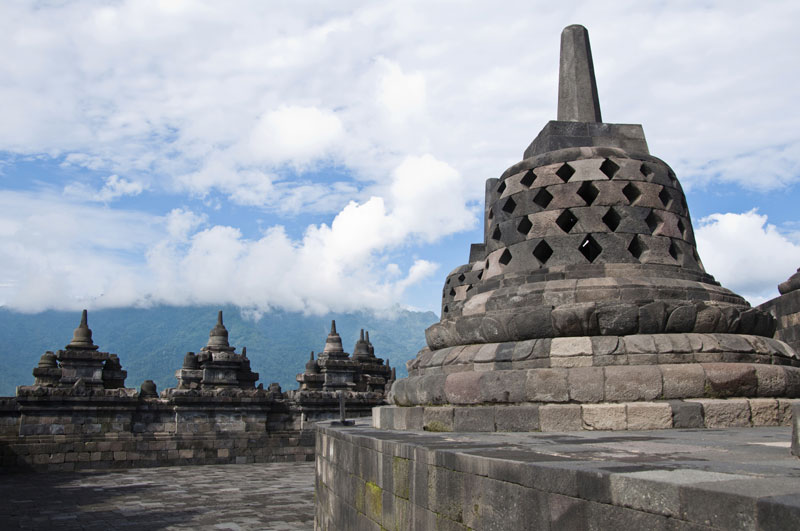
If we were to get technical, Borobodur isn’t actually in Yogyakarta. But the Borobudur Temple is often the main reason why travellers come to Yogyakarta. This ninth-century Mahayana Buddhist Temple is the world’s largest Buddhist temple, decorated with 2672 relief panels and 504 Buddha statues, some of which are covered under bell shaped domes, surrounded by scenes of Buddha’s life carved into stones with impeccable detail.
UNESCO World Heritage Site
Now a UNESCO World Heritage Site, the temple is visited by millions of tourists. It hasn’t lost its religious significance though. It is still a sacred site of pilgrimage for Indonesian Buddhists. It is advisable to visit outside Buddhist holidays and to arrive at the temple early in the morning to beat the crowds.
Attractions Near Borobudur
While visiting Borobudur, it is also worthwhile checking out the nearby Hindu temples Candi Mendut and Candi Pawon to understand the intricate relationship between these two ancient religions.

2) Kraton, the Sultan’s Palace
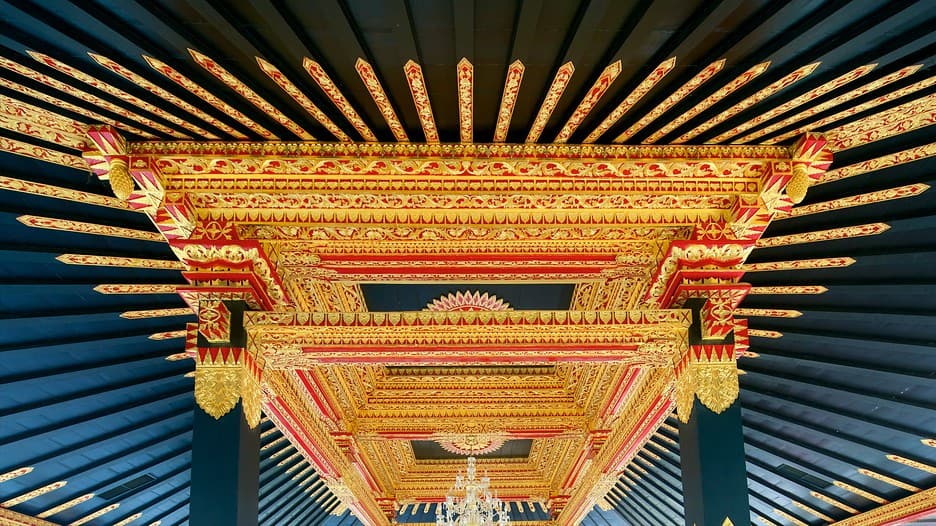
The Sultan’s palace of Yogyakarta is also called the Kraton. It has been the administrative and residential complex of the Sultanates’ family since the 18th century. The design of the compound is based on Javanese cosmology, with an element of traditional Javanese beliefs and values evident in the architecture, which also includes Dutch-style st
ained glass windows and floors made of Italian marbles.
Westernized Decor
Throughout the years, parts of the Kraton have also modernised, with the current sultan, said to be a well-travelled man, adding western features to the design of its decoration. This is evident in the small gazebo, which is decorated with images of violins, guitars and trumpets – musical instruments that would not have been known to Indonesians when the building was originally constructed.
Mini Museums
Many of the rooms in the Kraton have been transformed into mini museums that celebrate the royal family and educate the public on the etiquette and protocol within the Sultan’s circle. Here, you will learn how each royal has their own batik pattern and how the relationship between the family members is organised. You can also learn about the sultanates during the period of Dutch colonisation.
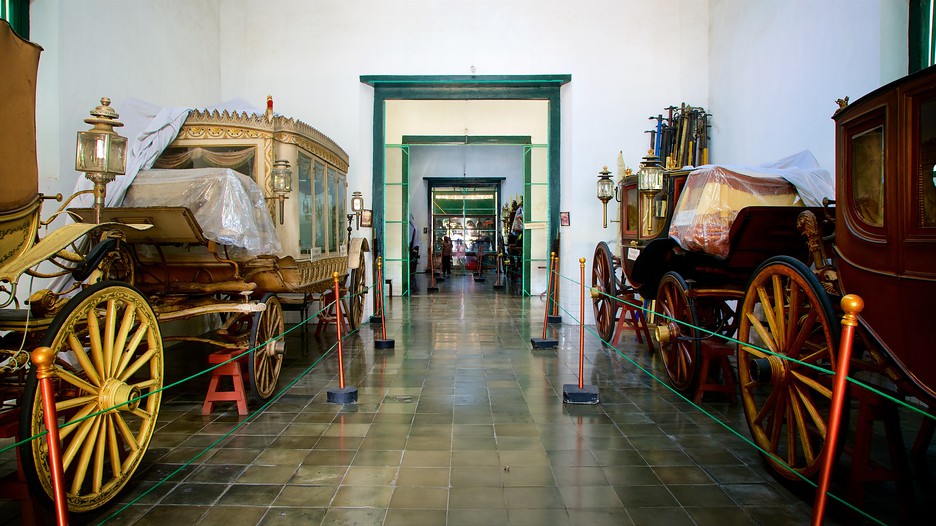
Javanese music
From 10am to noon each day visitors are treated to traditional performances, such as traditional gamelan music, classical dance and Javanese singing concerts.

3) Museum Sonobudoyo & Javanese Art
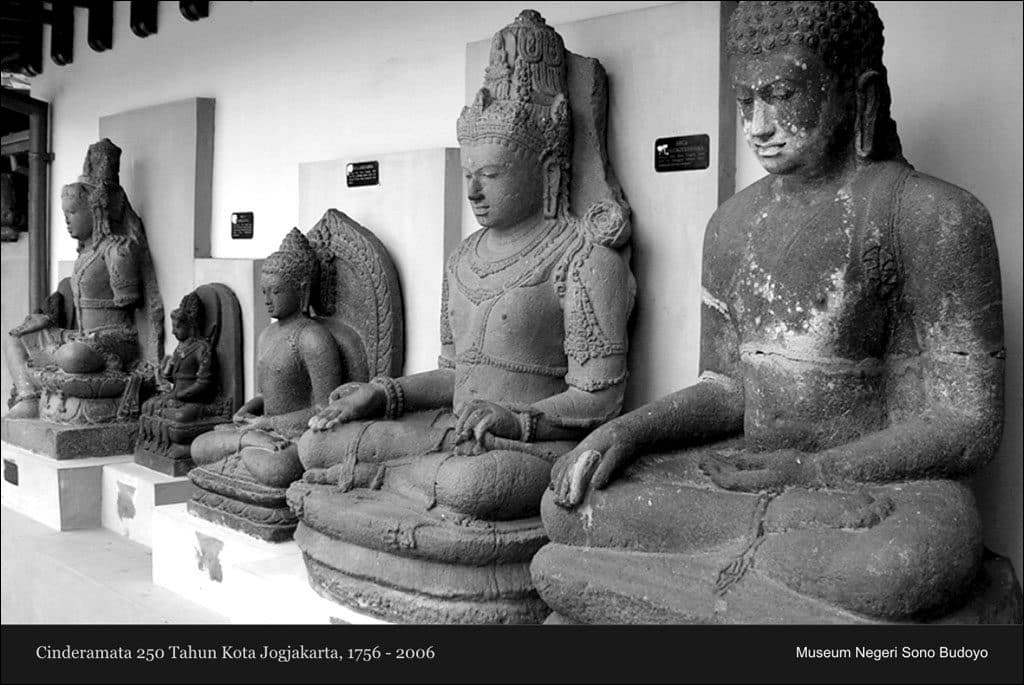 CC 2.0 / Agus Yuniarso
CC 2.0 / Agus Yuniarso
A project that started out as a foundation to preserve art and culture, has resulted in a great museum that ranks among the top must-visit museums in Yogyakarta.
The Sonobudoyo is a fine museum for lovers of traditional art and houses collections of Javanese art in all forms, including puppets, masks, kris and batik. There are also collections from Madura, Bali and Lombok, where you can see the differences in culture and tradition between the Indonesian regions.

4) Taman Sari Water Castle
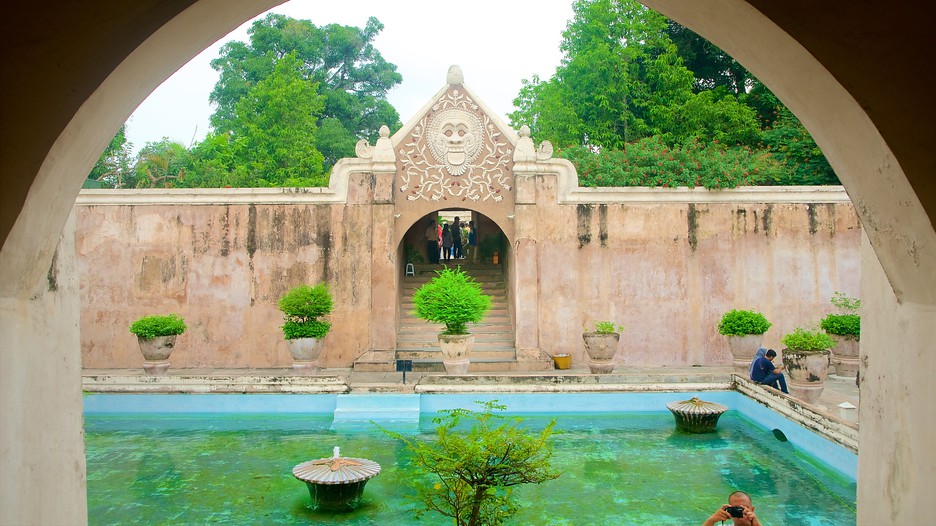
Taman Sari, or Taman Sari Water Castle, is a former royal garden of the Sultanate of Yogyakarta, and functioned as a resting area, a workshop, a meditation area, a defence area, and a hiding place. Comprised of different bathing areas, where concubines would bath while the Sultan observed from a tower and able to select one or two to invite to his private bathing pool.
The bathing complex can be entered through two gates intricately decorated with flowers and birds, giving it a feminine appearance.
Another attraction of the Taman Sari is the underground Gumuling Well, which is more commonly known as the underground mosque. Entrance to the well is through a water tunnel which leads up to the centre to an elevated platform and the staircases that meets it. The small pool under the platform was used for Muslim ritual ablution.
Besides the water castle, Taman Sari is a vibrant community that’s worth exploring and is known for its batik and traditional painting.
5) Pasar Ngasem bird market
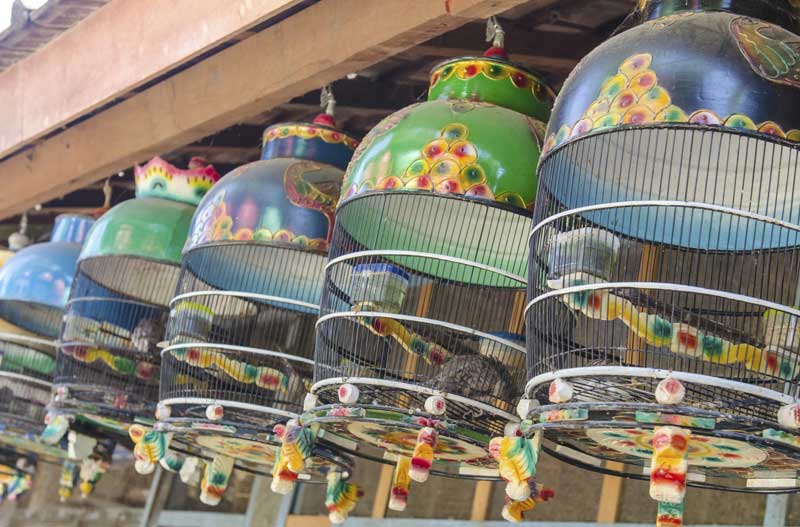
It is not always everyone’s cup of tea, but a visit to Pasar Ngasem is an interesting experience. This colourful and noisy market is a place where song birds and pigeons are sold and traded.
It is also common to see chicks, bats, ravens, owls, sugar gliders, reptiles, and other woodland critters that can be considered exotic pets.
[button style=’blue’ url=’https://www.expedia.com.my/Yogyakarta.d1718.Travel’ icon=’entypo-flight’ fullwidth=’true’] Check out flight deals for Yogyakarta[/button]
Credits: Thinkstock, Creative Commons